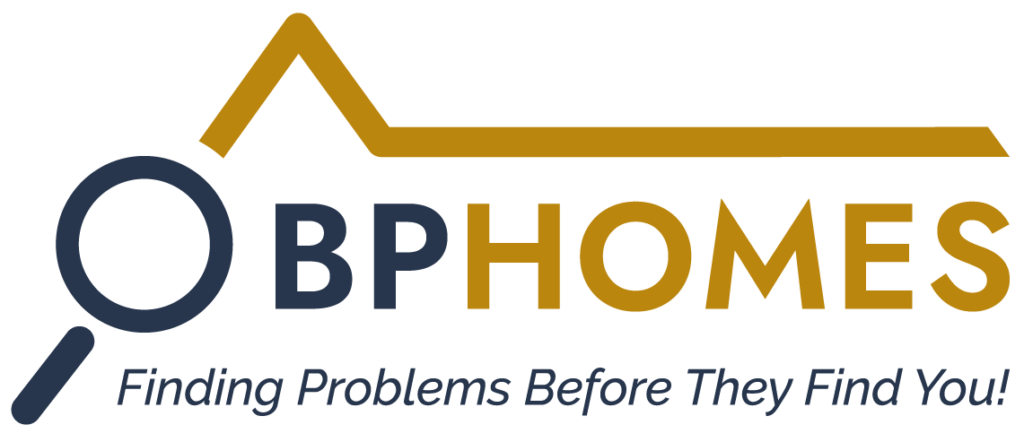HVAC System & Ventilation Inspection
A well-functioning HVAC system is essential for comfort, health, and energy efficiency. At BPHomes, we provide thorough HVAC and ventilation inspections to identify air quality risks, ventilation gaps, and energy inefficiencies—ensuring that your home breathes as well as you do.
Overview Service
Why It Matters
Your HVAC system does more than regulate temperature—it controls air circulation, humidity, and the cleanliness of your indoor environment. Over time, clogged filters, poor insulation, or blocked vents can lead to discomfort, respiratory issues, and higher energy bills. Our inspection helps you stay ahead of these problems.
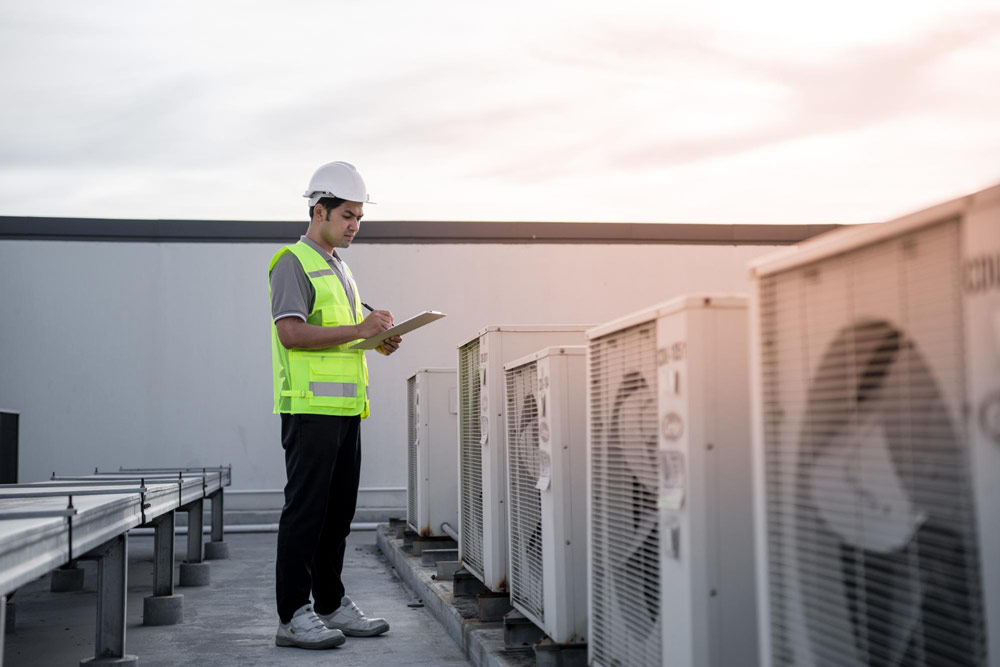
Service Benefits
Benefits
- Improve Indoor Air Quality: Reduce allergens, pollutants, and moisture that can trigger health issues.
- Enhance System Efficiency: Identify clogged vents, leaky ducts, and underperforming components that drive up energy use.
- Avoid Expensive Repairs: Prevent HVAC breakdowns by catching early signs of trouble.
- Promote Healthier Living: Maintain optimal humidity, airflow, and cleanliness throughout your home.
- Support Sustainability: Identify energy-draining issues and explore eco-friendly alternatives like solar or EV integration.
How Its Work
How we Inspect
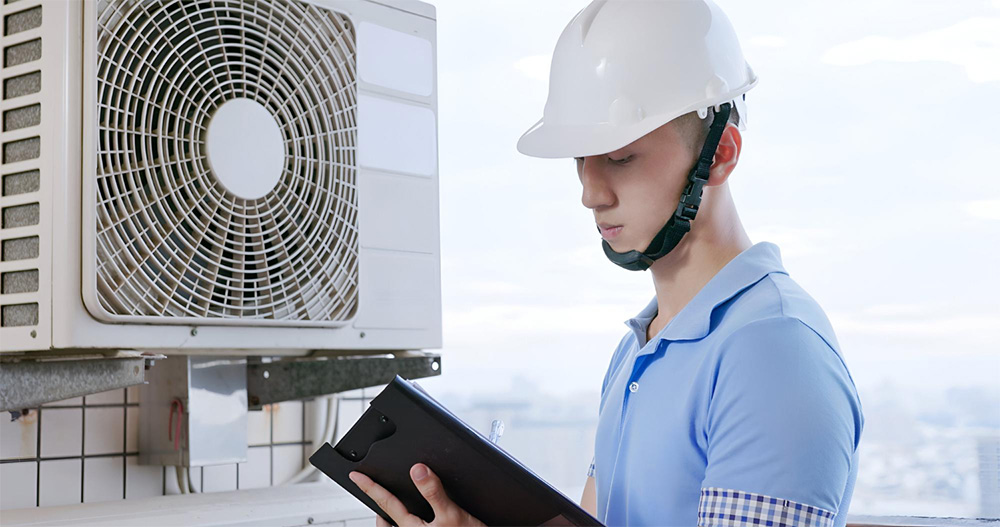
01
Cleanliness and functionality of filters and ducts
02
Airflow testing and pressure balance across rooms
03
Humidity control and condensation checks
04
Efficiency of exhaust fans and vent systems
05
Condition of thermostats, ductwork, and air returns
06
Carbon monoxide and VOC testing (where required)
07
Visual and thermal scanning for moisture, leaks, and blockages.
What People Say
Client Testimonials
As a builder, getting an independent inspection helped us catch issues we hadn’t noticed before handover. Our clients were impressed by the transparency.
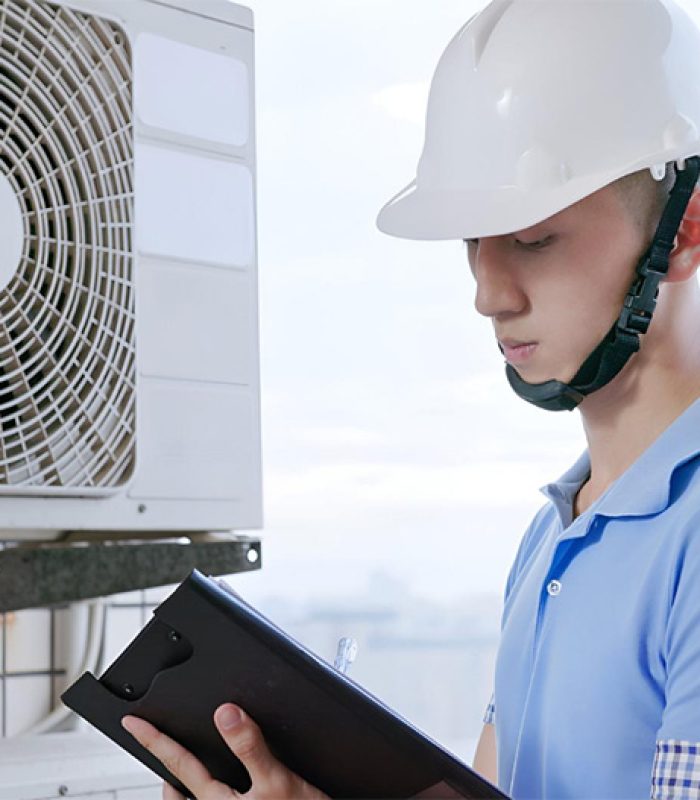
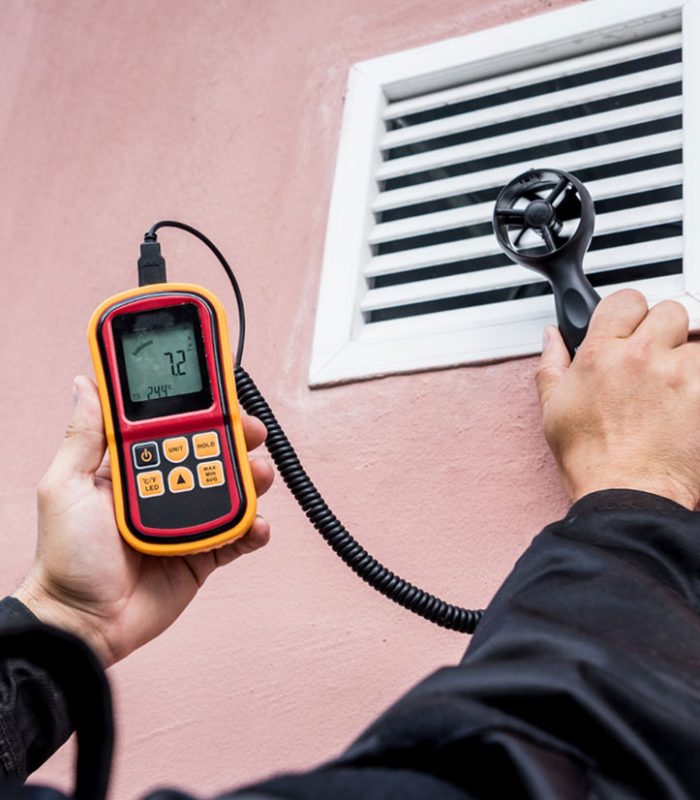
Contact Us
Schedule Your Inspection Today
Secure your investment with a professional home inspection from BPHomes. Contact us to schedule an appointment and take the first step toward a confident home-buying experience.
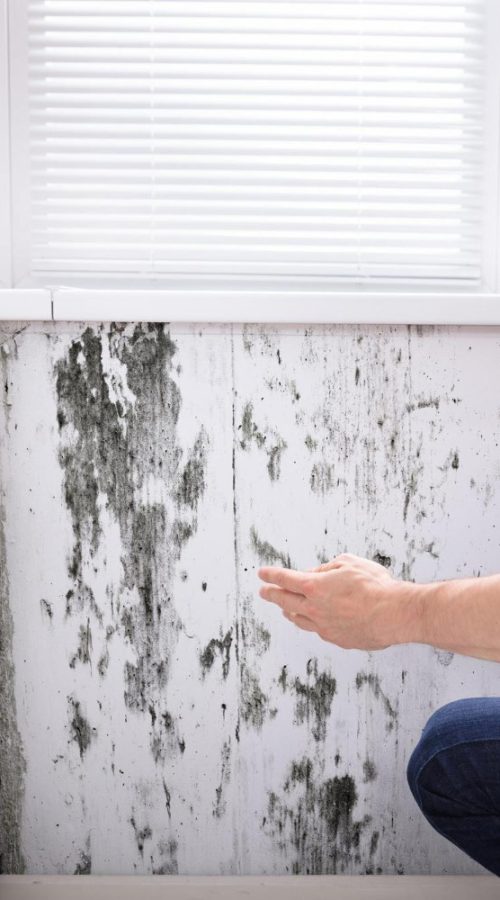

FAQs
Twice a year – Before summer & winter seasons.
It may be due to loose parts, worn-out motors, or refrigerant issues.
Change filters regularly, clean ducts, and schedule professional tune-ups.
This may be due to mold growth in ducts or a dirty evaporator coil.
10-15 years, depending on maintenance and usage.
If temperatures are inconsistent or the system won’t turn on/off.
An inefficient HVAC system may be working harder than necessary.
Warm air blowing from vents, frozen coils, or hissing sounds.
Yes! Dirty ducts can reduce airflow and cause respiratory problems.
If your system is over 15 years old, upgrading to an energy-efficient model is a good idea.
Proper ventilation removes stale air, odors, moisture, and pollutants, improving indoor air quality and comfort.
It’s recommended to vacuum vents every month and schedule professional duct cleaning every 2-3 years.
Blocked vents, leaky ductwork, improperly sized exhaust fans, and lack of fresh air intake can reduce airflow efficiency.
Open windows regularly, use ceiling fans, install exhaust fans, and maintain HVAC systems and air filters.
Look for excessive heat in summer, mold growth, or ice dams in winter, which indicate poor airflow.
Yes! It can lead to respiratory issues, allergies, headaches, and indoor air pollution-related illnesses.
Install an exhaust fan that vents outside, not into the attic, and leave it on for at least 20 minutes after a shower.
This may be due to blocked vents, inadequate air circulation, or humidity issues. Adding ceiling fans or dehumidifiers can help.
Yes! New homes are airtight, and without proper ventilation, moisture and pollutants can build up.
Improve airflow by using exhaust fans, dehumidifiers, or trickle vents. Keep furniture away from vents to allow air movement.
Check for air leaks in ducts, ensure vents are not blocked, and monitor energy bills for sudden increases.
Yes! Clean exhaust fans every 3-6 months to remove dust buildup and ensure proper airflow.
A properly working kitchen ventilation system should remove smoke, odors, and grease without excessive noise.
Use dehumidifiers, open windows, run exhaust fans, and address leaks to prevent moisture buildup.
Higher-than-normal energy bills, uneven temperatures, and dusty air are signs of leaky ducts. A professional inspection can confirm this.
Yes! Fresh air intakes reduce indoor pollutants and maintain balanced air pressure in the home.
Your ventilation system might be too small, poorly placed, or not exhausting air effectively. A professional evaluation can help.
We provide comprehensive home inspections, checking for blocked vents, inefficient airflow, and poor air quality to ensure a healthier home.
